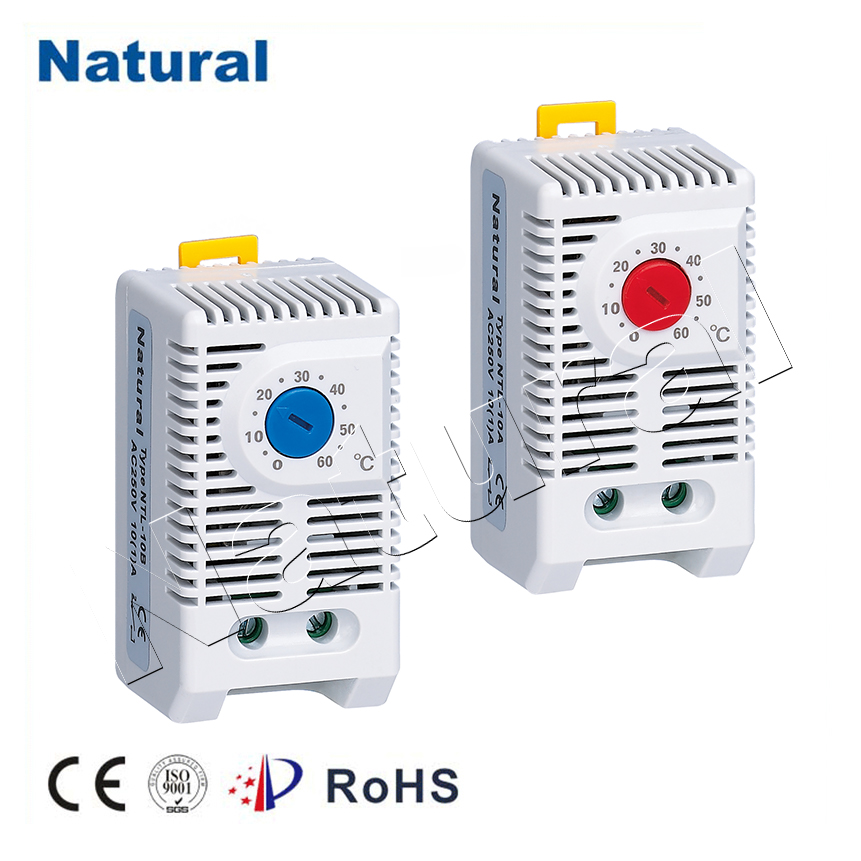 28 items Patent
28 items Patent
 28 items Patent
28 items Patent
 28 items Patent
28 items Patent

Discover the efficiency and versatility of DIN Rail Thermostats for precise temperature regulation in industrial environments.

In industrial settings, maintaining optimal temperature conditions is critical for efficient operations, product quality, and equipment protection. Achieving precise temperature control in such demanding environments requires advanced solutions, and one standout option is the DIN Rail Thermostat. This versatile device offers a host of features and benefits that make it an indispensable tool for accurate temperature regulation in industrial applications.
The DIN Rail Thermostat is specifically designed to be mounted on a DIN rail, a widely used standard in industrial environments for mounting control devices. This compact and rugged thermostat provides centralized temperature control in industrial processes such as manufacturing, HVAC systems, and industrial automation. Its seamless integration into existing setups makes it a preferred choice for upgrading or optimizing temperature control systems.
One of the primary advantages of DIN Rail Thermostats is their precise temperature regulation capabilities. Equipped with advanced sensors and microprocessors, these thermostats can accurately monitor and control temperatures within tight tolerances. This level of accuracy ensures that industrial processes operate within optimal temperature ranges, improving product quality, reducing variations, and enhancing overall efficiency.
Flexibility is another notable feature of DIN Rail Thermostats. These thermostats offer a range of configurable settings to accommodate specific application requirements. Users can define temperature setpoints, hysteresis values, and control algorithms, allowing for precise customization to match the unique demands of each process. This adaptability enables fine-tuning of temperature control, optimizing energy usage and minimizing temperature fluctuations.
Moreover, DIN Rail Thermostats support various input and output types, enhancing their versatility. They can accept input signals from a variety of temperature sensors such as thermocouples, RTDs (resistance temperature detectors), and analog voltage or current signals. This compatibility ensures seamless integration with different types of temperature measurement devices commonly used in industrial environments. Additionally, the thermostats offer diverse output options, including relay outputs, solid-state relays, and analog outputs, allowing easy integration with existing control systems.
Efficiency and ease of use are critical in industrial applications, and DIN Rail Thermostats excel in both aspects. These thermostats often feature intuitive interfaces with clear displays and user-friendly navigation menus. This simplicity enables operators to quickly configure and monitor temperature parameters, reducing the risk of errors and minimizing downtime. Some models even offer remote monitoring and control capabilities, enabling operators to access and adjust temperature settings from a centralized control room or through mobile devices.
Furthermore, DIN Rail Thermostats are designed to withstand the rigors of industrial environments. With robust enclosures and components, they can endure extreme temperatures, vibrations, and electrical interference. This rugged construction ensures reliable operation and longevity, reducing maintenance costs and enhancing overall system reliability.
In conclusion, DIN Rail Thermostats are indispensable tools for precise temperature control in industrial settings. With their accuracy, flexibility, and user-friendly features, they empower operators to achieve optimal temperature conditions, leading to improved efficiency, enhanced product quality, and reduced downtime. Embrace the efficiency and versatility of DIN Rail Thermostats and revolutionize temperature control in your industrial processes.